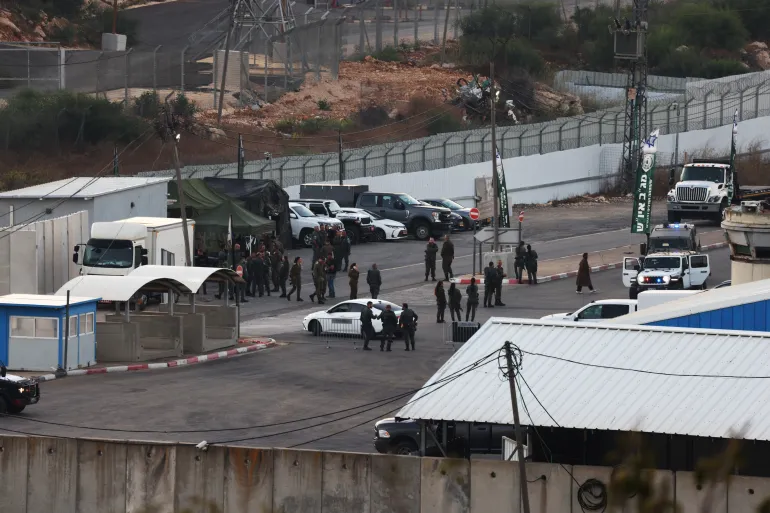In a significant development in Gaza, Hamas’s military wing, Izz ad-Din al-Qassam Brigades, released a total of 20 Israeli prisoners, handing them over to the International Committee of the Red Cross (ICRC) in a two-part process on Monday.
This marks the first major phase of the ceasefire prisoner exchange tied to the ongoing agreement with Israel.
No Living Israeli Hostages in Gaza
The first group of seven prisoners was delivered earlier in the day, followed by a second batch of 13, all en route to Israel under the supervision of the Red Cross.
With this release, Israeli authorities confirmed that no living hostages remain in Gaza.
The names of the released prisoners had been previously announced by Hamas as part of the Al-Aqsa Flood prisoner exchange deal, reflecting an effort to fulfill commitments under the ceasefire agreement.
Background of the Prisoners
Most of the released prisoners were captured during violent incidents at Nova music festival site near Re’im settlement in southern Israel.
Among them were Avitar David (24), Alon Ohel (24), and Avinatan Or (32). Other prisoners were taken from residential areas, including the twins Gali and Zev Berman (28), and brothers Ariel Konyo (28) and David Konyo (35).
The group also included two Israeli soldiers, Matan Angrist (22) and Nimrod Cohen (20).

Still No Clear Date for Recovering the Bodies of Deceased Israeli Prisoners
Hamas has indicated that out of 48 prisoners originally held, 20 were alive and have now been released. Israeli authorities report 26 prisoners died during Israeli airstrikes on Gaza, while the status of two prisoners, including Nepali national Pepin Joshi, remains unknown.
The movement warned that recovering the bodies of deceased Israeli prisoners could take time, as some burial locations are still unidentified.
An international task force is expected to assist in locating all remaining graves.
Red Cross Supervision and Logistics
The ICRC oversaw the multiple-stage release process, coordinating the transfer of prisoners from Gaza to Israel.
The operation involved pickups from three key locations: Nitzanim south of Gaza City, Khan Younis in the south, and central Gaza refugee camps.
The Red Cross emphasized the humanitarian and organized nature of the handover, ensuring the safety of both parties during the transfer.
Who Are the Palestinian Prisoners to be Released in the Ceasefire Prisoner Exchange
Concurrently, Israel is preparing to release Palestinian prisoners from northern Gaza as part of the reciprocal agreement.
Israeli prison authorities finalized preparations for the handover, which includes adjustments to the original prisoner list to account for individuals already released, life sentence discrepancies, and additions of female prisoners.
The updated list now includes five additional Palestinians, among the 1,700 detainees arrested by Israel since October 7, 2023.
Notably, it includes Dr. Hussam Abu Safia, director of Kamal Adwan Hospital in northern Gaza, who was detained inside the hospital in December 2024.
Significance of the Ceasefire Prisoner Exchange
This two-way exchange represents a major milestone in the ongoing ceasefire between Israel and Hamas.
Analysts view the operation as both a humanitarian achievement and a critical confidence-building step to maintain calm in Gaza while addressing international calls for prisoner transparency.
The ceasefire prisoner exchange also underscores the human cost of the Gaza conflict, highlighting the challenges of ensuring the safety of civilians and combatants alike.
Moving forward, the successful implementation of this prisoner swap may pave the way for further diplomatic engagements and potential long-term stabilization efforts in the region.
References (Sources):
- Reuters – Hamas releases 20 Israeli prisoners under ceasefire deal
- Al Jazeera – Hamas hands over Israeli prisoners to Red Cross
- The Times of Israel – Israeli authorities confirm no living hostages remain in Gaza
- Channel 12 Israel – Red Cross oversees transfer of prisoners from Gaza
- Ynet News – Details of Palestinian prisoners to be released under exchange agreement


